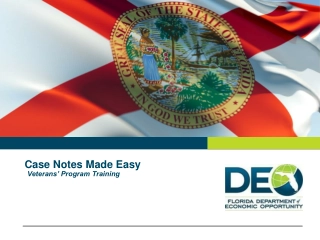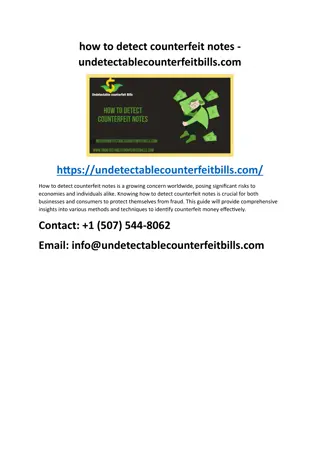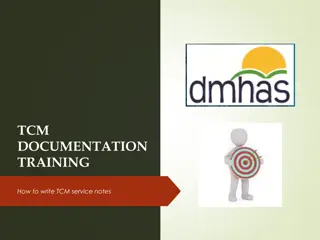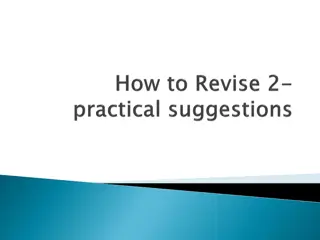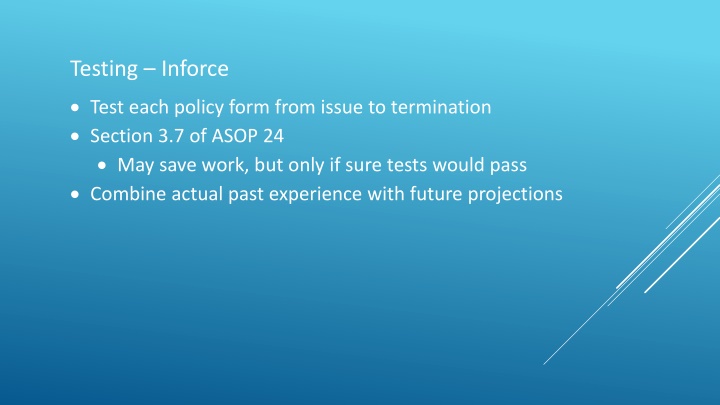
Testing Inforce Policies and Model Governance for Actuarial Success
Explore the importance of testing inforce policies, maintaining historical data, projecting future outcomes, and managing actuarial models effectively to ensure accuracy and compliance. Dive into challenging situations and best practices for actuarial success.
Download Presentation

Please find below an Image/Link to download the presentation.
The content on the website is provided AS IS for your information and personal use only. It may not be sold, licensed, or shared on other websites without obtaining consent from the author. If you encounter any issues during the download, it is possible that the publisher has removed the file from their server.
You are allowed to download the files provided on this website for personal or commercial use, subject to the condition that they are used lawfully. All files are the property of their respective owners.
The content on the website is provided AS IS for your information and personal use only. It may not be sold, licensed, or shared on other websites without obtaining consent from the author.
E N D
Presentation Transcript
Testing Inforce Test each policy form from issue to termination Section 3.7 of ASOP 24 May save work, but only if sure tests would pass Combine actual past experience with future projections
Testing Inforce Keep past history Year Premium Investment Earnings Benefits Commissions Other Expenses Taxes Cash Flow Accumulated Cash Flow 1 $7,550 235 142 2,500 1,000 (911) 5,054 5,054 2 $7,020 695 192 140 150 243 6,990 12,044 Straightforward to capture actual premiums, benefits, commissions Often use assumed investment earned rate, tax rate, and expense assumptions to calculate investment earnings, taxes, and other expenses
Testing Inforce Append Projection Start with Block of Inforce Policies Project forward as with new sales Compare to Projected Cash Surrender Values Accumulated Cash Flow > CSV after duration 15
Model Governance Checklist Managing input and output into a model Ensuring data accuracy Automation, eliminate manual processes Static Validation Reconcile policy count, amount in force, etc. Validating inputs Have they changed? Peer review second set of eyes Dynamic Validation
Difficult Situations Experience getting worse, tests don t pass Can reduce scales May need to be zero May make product uncompetitive Only illustrated scale has to be cut to zero, not currently payable scale Could be old UL block with high minimum guaranteed rates, interest rates have dropped Zero scales don t have to be certified
Difficult Situations Model needs major improvements Acquired a block, couldn t get documentation Prior illustration actuary did subpar work Not fun to pick up any actuarial project with poor documentation Importance of documenting illustration actuary models with retirements common now
Practice Note Questions 16.8 and 16.9 Practice notes not binding, but often helpful Practice note says you can aggregate various assumptions Aggregate issue years with varying sales mixes, experience, etc. Experience studies Not credible or available Use relevant experience from other business or industry data




